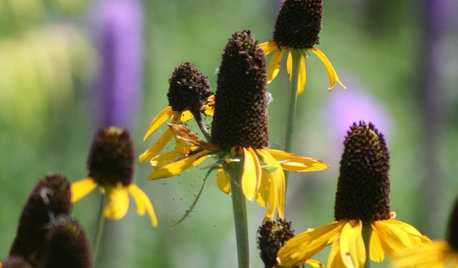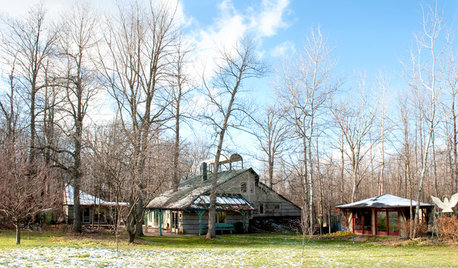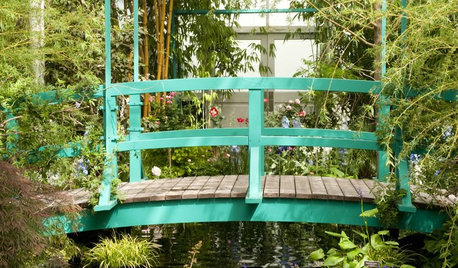Hemlocks Yellow Green--Are they on their death bed?
magi1
17 years ago
Featured Answer
Sort by:Oldest
Comments (12)
Embothrium
17 years agotorreya-2006
17 years agoRelated Professionals
Broomfield Landscape Contractors · Firestone Landscape Contractors · Fridley Landscape Contractors · Gaithersburg Landscape Contractors · Harvey Landscape Contractors · Hilo Landscape Contractors · Mount Sinai Landscape Contractors · Nutley Landscape Contractors · Paso Robles Landscape Contractors · San Pedro Landscape Contractors · South Portland Landscape Contractors · Twin Falls Landscape Contractors · Vallejo Landscape Contractors · East Norriton Landscape Contractors · Eastlake Landscape Contractorspineresin
17 years agoken_adrian Adrian MI cold Z5
17 years agomagi1
17 years agopineresin
17 years agobengz6westmd
17 years agoharwichhelen
16 years agolpinkmountain
16 years agoschmoo
16 years agowisconsitom
16 years ago
Related Stories

BEDROOMSGet More From Your Bed (Storage, for Starters)
Find space for all your stuff — and maybe even a seat, a writing desk or another sleep spot — by cozying up to a multipurpose bed
Full Story
GARDENING FOR BUTTERFLIESGreat Design Plant: Giant Coneflower, a True Exclamation Point
Watch as towering stalks topped by yellow blossoms become a beacon for birds and insects in the midsummer garden
Full Story
COLOR10 Color Combos You Never Thought Would Work
Orange and blue? Purple and green? Yes and yes. Unlikely pairings can look great if you do them right
Full Story
LANDSCAPE DESIGNNatural Swimming Pools: More Beauty, No Chemicals
Keep your skin and the environment healthy with a pool that cleans itself, naturally
Full Story
EARTH DAYGrow a Beautiful Garden With Ecofriendly Greywater
Reducing home water waste means lower bills and a healthier planet. Here's how to set up a greywater home irrigation system that can help
Full Story
GREEN BUILDINGHow to Harvest Rainwater for Your Garden
Conserve a vital resource and save money by collecting stormwater for irrigation in a barrel or tank
Full Story
MOST POPULARMy Houzz: Open-Air Living in the Mountains of Bali
Community, jaw-dropping beauty and sustainability come together in a tropical paradise for a London expat
Full Story
HOUZZ TOURSMy Houzz: Eclectic Meets Rustic in a Decidedly Different Dallas Home
This couple's highly personal style embraces found objects, thrift store scores, international art and a whole lotta grandkid love
Full Story
LIFEWhen You're Suddenly Solo at Home
Whether you stay in a home alone or move on, these strategies from professional organizers can help you with the process
Full Story
FLOWERSLessons from Monet's Garden
See how to bring the impressionist painter's vision to life in your own landscape with these flower choices and garden design ideas
Full Story









spruceman